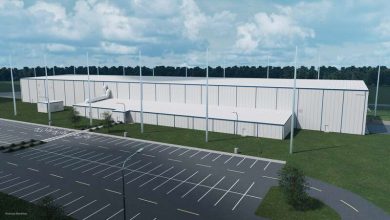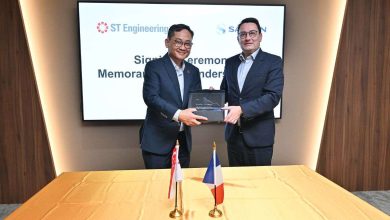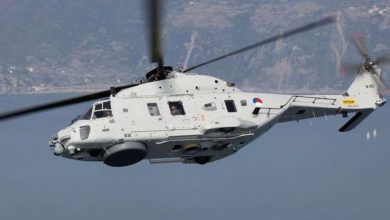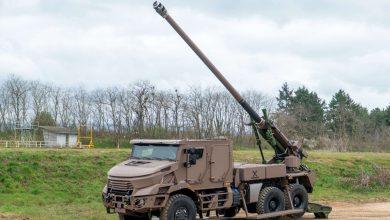
Anschütz Unveils Game-Changing COLREG Navigation Algorithm!
Anschütz, a leading global expert in navigation and bridge technologies, has successfully implemented and assessed an automated Collision Avoidance System (CAS) as a segment of the Kiel CAPTN project. This accomplishment marks a notable progression toward self-governing navigation and support solutions for enhanced maritime safety.
The CAS utilizes an algorithm that analyzes the nautical environment by leveraging conventional onboard sensor data to identify potential collision risks with other vessels. In compliance with the Convention on the International Regulations for Preventing Collisions at Sea (COLREG), these risks are continuously monitored and dynamically represented. Upon detecting a collision risk, the system rapidly calculates safe maneuvering areas and suggests alternative courses, taking into account water depths, navigational aids, exclusion zones, and other relevant factors.
“The practical assessments within the unique testing ecosystem of the Kiel CAPTN project have granted us the opportunity to merge our research lab and simulator findings with real-world experiences and user insights over a period exceeding nine months,” remarked Daniel Sommerstedt, Project Manager for autonomous navigation research at Anschütz. “We have continuously gathered new understanding, which we have been able to directly infuse into improving the algorithm and refining the display.”

The fully rule-based COLREG algorithm exhibited exceptional reliability, efficacy, and optimization during evaluations across diverse conditions and scenarios. Target identification and assignment, situational evaluation, visualization of potential collision hazards, trajectory calculation, recognition, and integration of the motion control system, which combines trackpilot and speedpilot, worked in flawless harmony.
The system’s situational assessments and suggested actions aligned closely with those of the navigating personnel. Tests in the Kiel Fjord unveiled complex scenarios that the CAS effectively addressed with reliable suggestions for actions, progressively enhancing its performance.
“Automating target recognition, correlation, and assessment in a restricted and busy area like the Kiel Fjord presented a significant challenge,” Sommerstedt noted. “We have made substantial advancements along a steep learning curve and will continue to fine-tune and develop the process as part of the newly initiated X-Ferry project within the CAPTN initiative.”
In this forthcoming phase, the situational evaluation will be augmented with camera data. Aside from detecting potential supplementary objects, intelligent cameras will classify existing entities, thus validating the radar and AIS evaluations and offering a more comprehensive maritime landscape.
Anschütz is focused on developing a market-ready, certified assistance system for commercial shipping. Over the coming year, Anschütz will continue to test and enhance the CAS as part of the X-Ferry research initiative. The system will also be modified for various prototypes, test vessels, and simulators to encompass a wide array of testing scenarios, driving the CAS toward full maturity for certification.
As part of onboard assistance systems, the CAS will improve situational awareness and alert navigators to potential collision threats. This advancement will reduce workload during critical situations and mitigate human errors. In certain instances, it may also allow for a decreased bridge crew, addressing the shortage of qualified personnel.
Anschütz remains committed to advancing autonomous navigation through various research endeavors, including the CAPTN initiative in Kiel and numerous customer projects.
The COLREG algorithm was developed within the OCUMAR research initiative in collaboration with project partner KIT (Karlsruhe Institute of Technology) and was funded by the German Federal Ministry for Economic Affairs and Climate Action.







